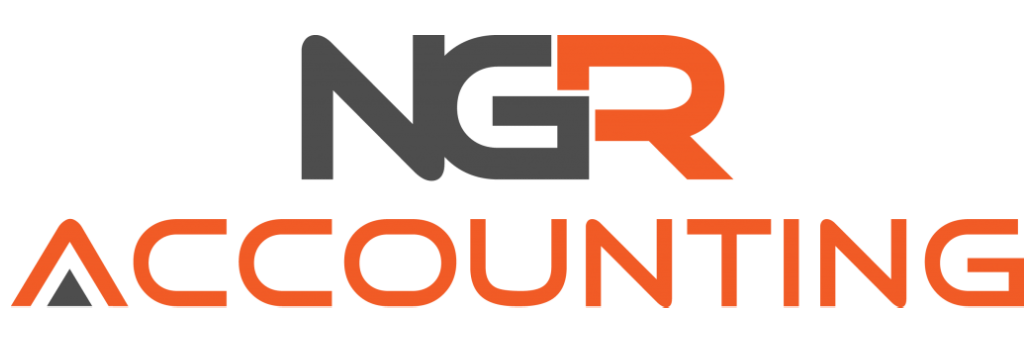Running a small business is no small feat. You pour your time, energy, and heart into your work, yet financial clarity often feels like a distant dream. Many business owners find themselves asking the same questions: Where does all the money go? Why am I struggling to pay myself? How can I stop living invoice to invoice?
If this sounds like you, you’re not alone.
The traditional accounting formula — Revenue – Expenses = Profit — has been failing business owners for years. It treats profit as an afterthought, something you hope for at the end of the day, rather than a priority. But what if there’s a better way?
Enter Profit First, a revolutionary approach to cash flow management that flips the script and puts profit at the top of your priorities. In this blog, we’ll explore why traditional accounting doesn’t work, how Profit First changes the game, and how you can start implementing it today.
The Problem with Traditional Accounting
The standard formula for accounting — Revenue – Expenses = Profit — makes perfect sense on paper. You sell your product or service, pay your expenses, and whatever’s left is your profit. The issue? For most business owners, there’s nothing left.
This model focuses entirely on selling and spending, leaving profit as an afterthought. As a result, many business owners:
- Struggle to pay themselves a consistent wage.
- Feel constant anxiety around tax bills and creditors.
- Live paycheck to paycheck, no matter how much revenue they generate.
This cycle is exhausting and unsustainable. Your hard work deserves better.
How Profit First Flips the Script
Profit First introduces a simple but powerful shift in perspective. Instead of treating profit as what’s left over, you prioritize it from the start. The formula becomes:
Revenue – Profit = Expenses
Here’s how it works:
- Take Your Profit First: Set aside a percentage of your revenue for profit before paying any expenses.
- Allocate Funds Purposefully: Divide your cash into separate accounts for profit, taxes, owner’s pay, and operating expenses.
- Operate Within Your Means: With a clear picture of your available funds, you’ll be forced to run your business more efficiently and cut unnecessary costs.
This approach ensures that your business generates a surplus and gives you the clarity and confidence to grow sustainably.
The Four Core Principles of Profit First
- Small Plates: Think of your business’s cash as a giant plate. When all the cash sits in one account, it’s easy to overspend. Profit First breaks this down into smaller “plates” (bank accounts) for specific purposes like profit, taxes, and expenses, helping you manage cash more intentionally.
- Serve Sequentially: Allocate funds in a specific order: profit first, then taxes, then owner’s pay, and finally operating expenses. This prioritization ensures you’re always building a surplus and paying yourself what you’re worth.
- Remove Temptation: To avoid dipping into your profit or tax reserves, move these funds into accounts at a separate bank. Out of sight, out of mind.
- Enforce a Rhythm: Establish a regular schedule for managing your finances. For example, allocate funds every two weeks to build a consistent habit.
A Real-Life Success Story: Michael’s Transformation
Michael, a stonemason, and his wife were overwhelmed by financial stress. They lived invoice to invoice, often fighting about money. Michael’s wife wanted him to quit the business altogether and get a steady job.
After implementing Profit First, everything changed. They started small, allocating just 1% of their revenue to a profit account. Over time, they gained clarity and confidence. Today, they have savings, consistent cash flow, and even upgraded their truck—paid for in cash.
Michael can now take an annual holiday without guilt, knowing his business is financially stable. Profit First gave them the tools to turn their business around and build a better future.
Addressing Common Objections
- “I can’t afford to allocate profit.” Start small. Even setting aside 1% of your revenue can make a difference. Profit First is about managing what you already have, not finding more money.
- “My accountant says it won’t work.” Ask your accountant for their alternative solution. If they don’t have one, it might be time to look at new options. Profit First complements your existing accounting processes and focuses on what matters most: profitability.
- “I need every dollar to cover expenses.” Parkinson’s Law shows that expenses expand to fit available cash. By allocating profit first, you force yourself to operate leaner and identify inefficiencies.
Ready to Take the Next Step?
Profit First isn’t just a method; it’s a mindset shift. It empowers you to take control of your finances, prioritize profit, and build a business that works for you.
If this sounds like the solution you’ve been searching for, here’s what to do next:
- Join My Free Masterclass: In February 2025, I’m hosting a live webinar to walk you through Profit First step-by-step. It’s free, and spots are limited, so don’t wait! Email us today to secure your spot – info@ngraccounting.com.au
- Grab Our Free Cashflow Guide: Sign up for our mailing list on our homepage to get a free guide that will help you assess your financial health and identify areas for improvement.
Imagine six months from now: You’re paying yourself consistently, tax season is stress-free, and your business is running like a well-oiled machine. That’s the power of Profit First.

